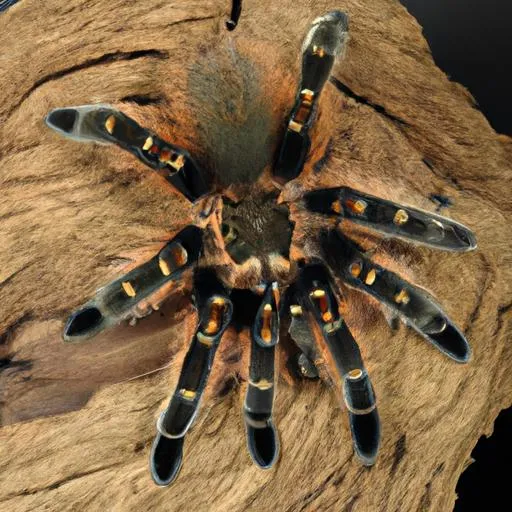What is a Curly Hair Tarantula
The Curly Hair Tarantula (Tliltocatl albopilosus), also known as the Honduran Curly Hair Tarantula, is a captivating spider known for its striking appearance and relatively docile temperament. Originating from the rainforests of Central America, particularly Honduras, Costa Rica, and Nicaragua, this tarantula has become a popular pet choice for both novice and experienced arachnid enthusiasts. Its appeal lies in its unique coloration, hardy nature, and manageable size, making it a fascinating addition to any home. They are known for their ‘hairy’ appearance, which isn’t actually hair but modified setae, or bristles, that give them their characteristic look. These spiders are not only visually interesting but also offer a unique opportunity to observe the complex behaviors of a fascinating species.
Appearance and Characteristics
The Curly Hair Tarantula is immediately recognizable by its dark brown to black body, covered with dense, curly hairs that range in color from gold to reddish-brown. These hairs give the spider a plush, almost velvety appearance, setting it apart from other tarantula species. Adults typically reach a leg span of 4 to 6 inches, with females often being larger than males. Their bodies consist of two main parts the cephalothorax, which houses the head and thorax, and the abdomen, where the internal organs are located. These spiders also have four pairs of legs, each ending in claws that aid in climbing, as well as pedipalps, used for sensing and manipulating food. The overall appearance is one of both beauty and intrigue, making the Curly Hair Tarantula a visually stunning pet.
Unique Features of the Curly Hair Tarantula
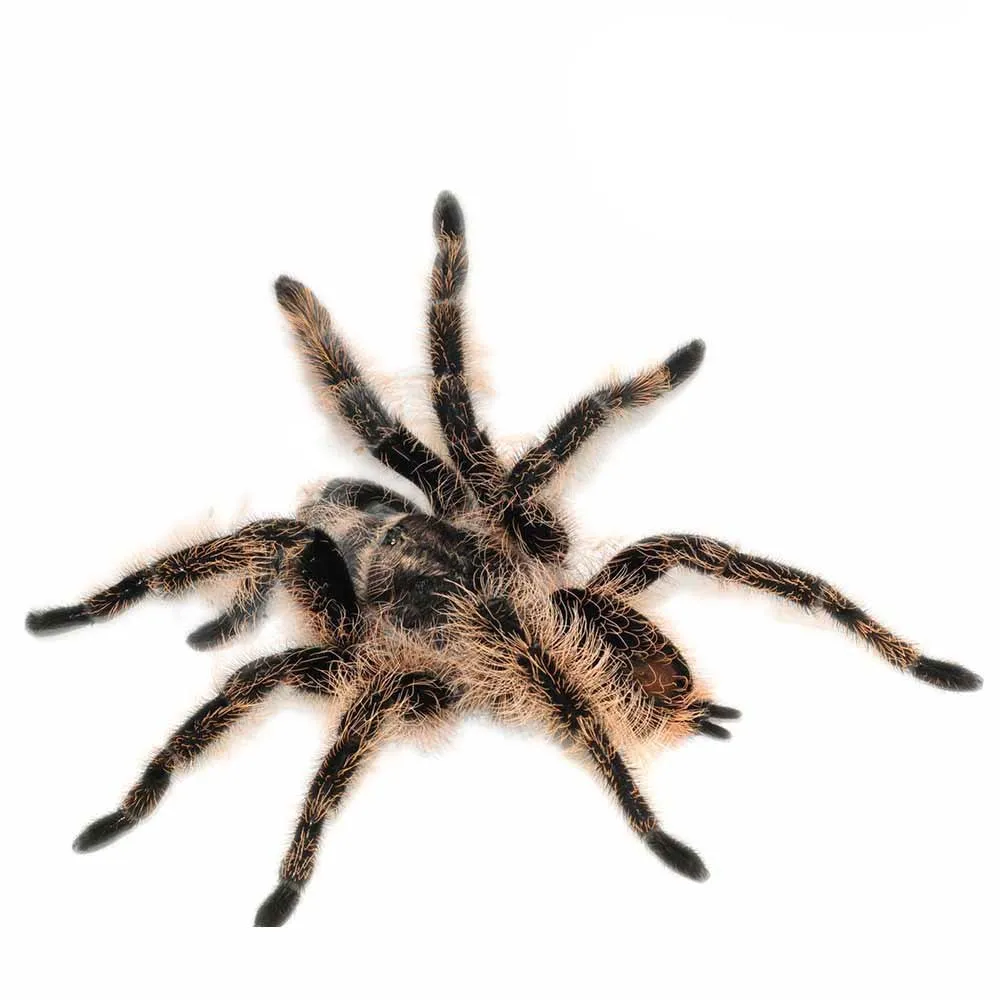
One of the most unique features of the Curly Hair Tarantula is, of course, its curly hairs, which are actually specialized setae. These setae play a crucial role in the spider’s defense mechanism. When threatened, the tarantula can flick these hairs towards a perceived threat, causing irritation to the skin and eyes. Another interesting aspect is their molting process, where they shed their exoskeleton to grow. During this time, the spider is particularly vulnerable. The spider’s ability to adapt to various environments, and its relatively calm temperament, make it a favorite among tarantula keepers. The combination of physical traits and behavioral characteristics makes this species particularly engaging to observe and study.
Origin and Habitat
The Curly Hair Tarantula’s natural habitat is primarily the rainforests of Central America, specifically found in countries like Honduras, Costa Rica, and Nicaragua. Within these regions, they inhabit humid environments, including burrows in the ground or under rocks, logs, and leaf litter. They are terrestrial spiders, meaning they spend most of their time on the ground, rather than in trees. Understanding their natural environment is crucial for providing proper care in captivity, as it helps in recreating their ideal living conditions and ensuring their well-being. Their ability to thrive in a variety of settings reflects their adaptability to the different conditions within their native habitats.
Native Environment and Distribution
The native environment of the Curly Hair Tarantula consists of tropical and subtropical rainforests, characterized by high humidity, moderate temperatures, and a rich ecosystem. These spiders are often found in areas with loose soil, which facilitates their burrowing behavior. Their distribution is largely limited to the aforementioned Central American countries, where they contribute to the local ecosystem as predators, primarily feeding on insects and other invertebrates. The rainforest habitat provides them with not only a place to live but also a constant food supply. Their niche in the ecosystem highlights the importance of maintaining their natural habitat to ensure their survival and the overall biodiversity of the region.
Ideal Living Conditions for Captivity
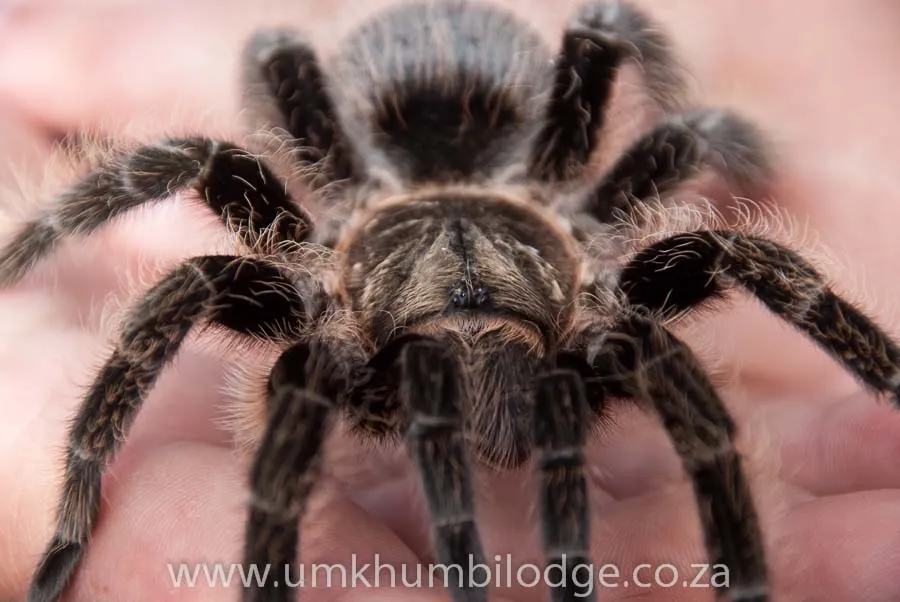
Replicating the Curly Hair Tarantula’s natural environment in captivity is key to its health and happiness. A suitable enclosure should be a terrarium with a secure lid, ensuring that the spider cannot escape. The size of the enclosure should be appropriate for the spider’s size, with a larger enclosure being needed as it grows. The substrate, which is the material at the bottom of the enclosure, should be a mix of peat moss, coconut fiber, or potting soil. The humidity level should be maintained at around 65-75%, which can be achieved by regular misting. Temperatures should be kept between 75-85°F (24-29°C), with a heat lamp or under-tank heater. Providing a water dish and a hide, such as a piece of cork bark or a hollow log, will complete the setup and make the tarantula feel safe and secure.
Behavior and Temperament
The Curly Hair Tarantula is generally known for its relatively docile temperament, making it a suitable pet for many spider enthusiasts. While they are not prone to biting, they can exhibit defensive behaviors when they feel threatened, which may include flicking urticating hairs or raising their front legs in a threat posture. Understanding their behavior is critical for responsible ownership. They spend a significant amount of time in their burrows or hiding places, and they are most active during the evening and night. Their reactions to stimuli can vary, but patience and observation are key to understanding each spider’s individual personality. Learning about their behavioral patterns will help any owner handle them safely and make them feel more secure.
Typical Behavior Patterns
The Curly Hair Tarantula exhibits a variety of behaviors, including burrowing, web-spinning, and hunting. They often dig burrows in the substrate for shelter, or they may use hides provided by the owner. Web-spinning is another common behavior; they use silk to line their burrows, create webbing around the enclosure, and even to secure their prey. Their hunting behavior is primarily nocturnal, ambushing prey that wanders within reach. When they are molting, they will typically become inactive and spend a considerable amount of time in hiding, as they are vulnerable during this process. Observing their patterns provides an insight into the fascinating life of a tarantula.
Handling and Interaction Guidelines
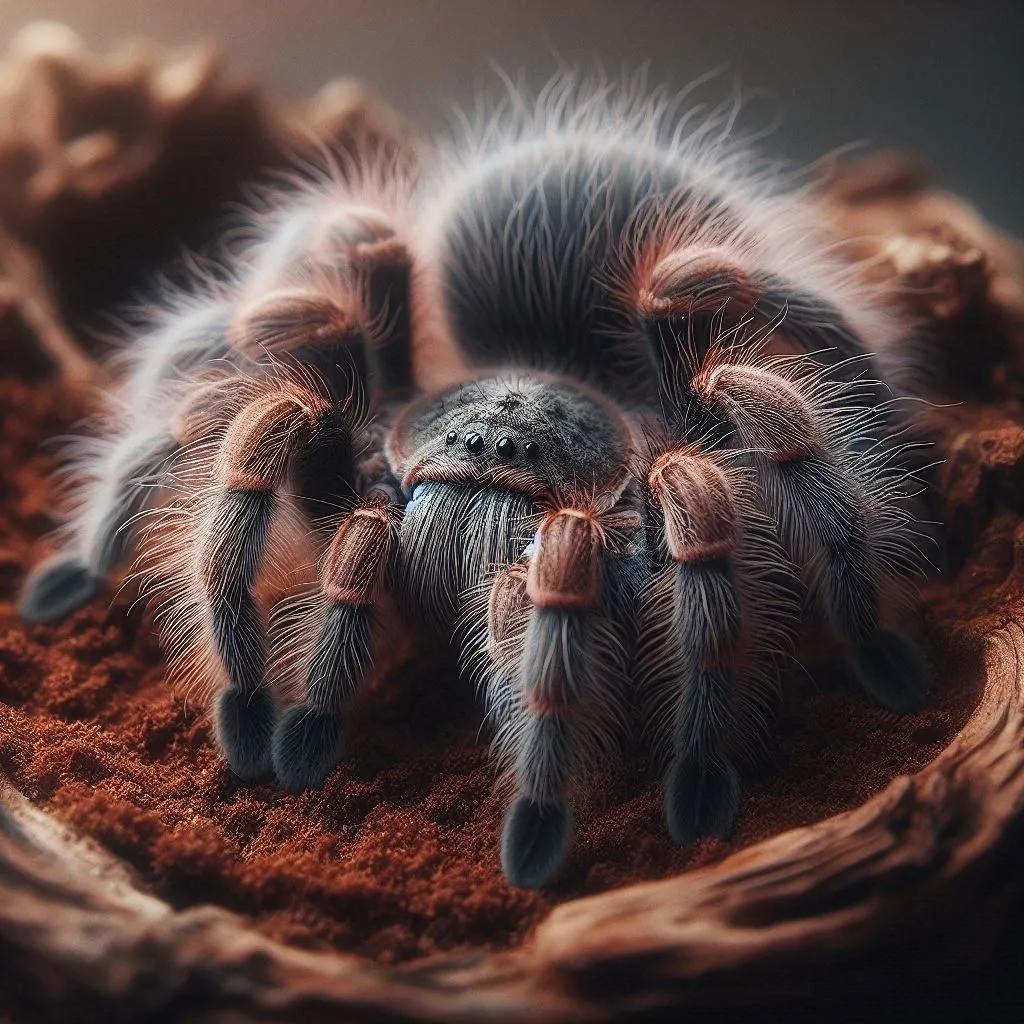
Handling a Curly Hair Tarantula should be approached with caution and respect for the spider’s well-being. It’s generally best to avoid handling the spider unless necessary, such as for enclosure maintenance. If handling is required, it should be done slowly and gently, allowing the spider to walk onto your hand rather than picking it up. Never surprise or startle the spider, as it may react defensively. Wash your hands thoroughly before and after handling the tarantula to prevent the transfer of oils and chemicals. Be mindful of the spider’s behavior at all times, and be prepared to set it down if it shows any signs of stress, such as raising its front legs or flicking hairs. Always prioritize the spider’s safety.
Diet and Feeding Habits
In the wild, the Curly Hair Tarantula’s diet consists primarily of insects, such as crickets, roaches, and other invertebrates. In captivity, their dietary needs are relatively easy to meet. It is important to feed them a varied diet to ensure they get the necessary nutrients. As they grow, the size and frequency of their meals will need to be adjusted accordingly. Providing a balanced diet is vital for their overall health and growth. Their feeding habits are a key part of their daily routine, making observation of their eating patterns beneficial for monitoring their health and well-being. A healthy diet, in addition to providing the nutrients, should be coupled with the correct temperature, humidity, and hideaway.
Nutritional Needs and Food Preferences
Curly Hair Tarantulas thrive on a diet that mainly consists of live insects. Crickets and roaches are common staples, as they are readily available and provide essential nutrients. Other insects, like mealworms, super worms, and grasshoppers, can be offered occasionally to provide dietary variety. It is essential to gut-load these insects, which means feeding them nutritious food before offering them to the tarantula. This practice ensures that the tarantula receives the maximum nutritional value from its prey. They should be given access to fresh water to keep them hydrated. They have also been known to feed on pre-killed insects if the live variety is unavailable.
Feeding Frequency and Methods
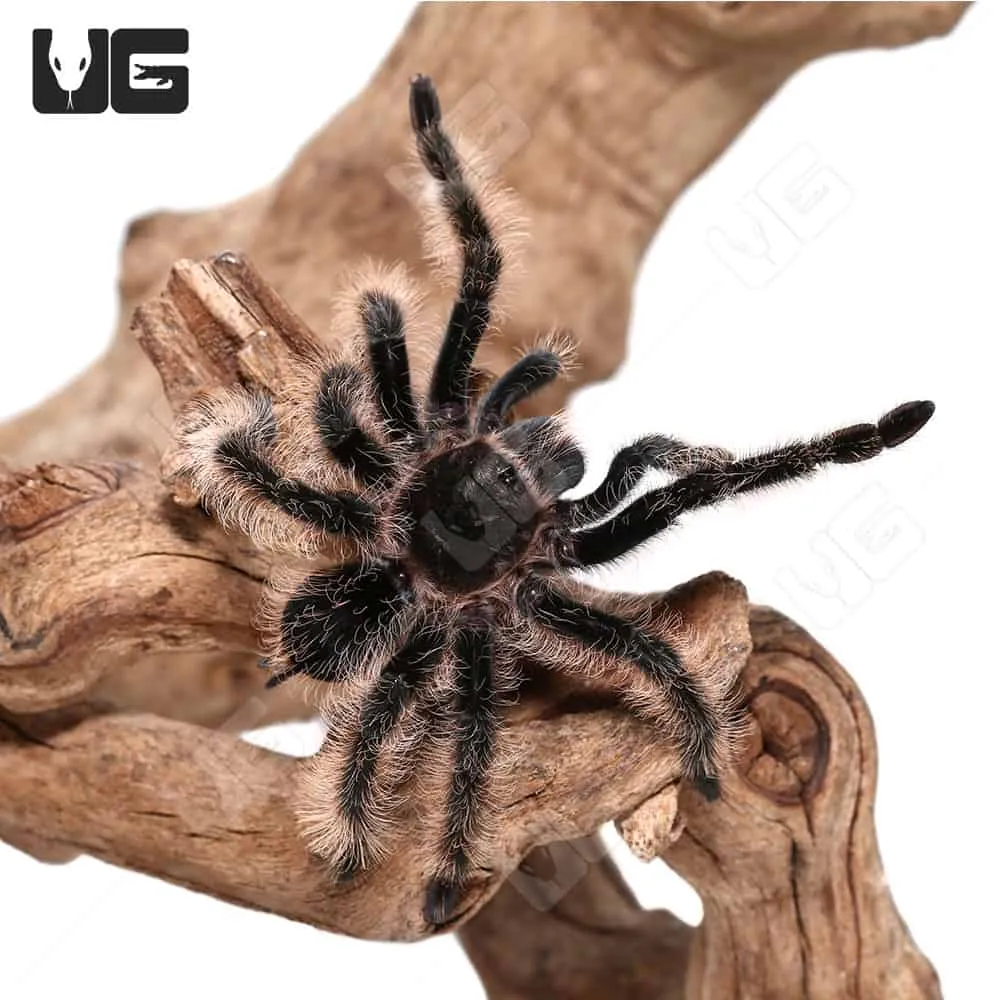
The frequency of feeding depends on the spider’s age and size. Spiderlings typically need to be fed more frequently, about every other day, while adult tarantulas can be fed every 1-2 weeks. It’s best to observe the spider’s appetite and body condition to adjust feeding accordingly. The prey should be no larger than the size of the tarantula’s abdomen. To feed the tarantula, simply place the live insects into the enclosure, ensuring they are within reach. It is important to remove any uneaten insects within 24 hours to prevent them from stressing the tarantula. Careful monitoring of their feeding habits ensures that they are receiving the appropriate nutrition. A well-nourished Curly Hair Tarantula will be more likely to be healthy and active.
Lifespan and Breeding
The lifespan of a Curly Hair Tarantula varies, but generally, females live much longer than males. Understanding their life cycle is helpful for pet owners to plan for the long-term care of their tarantula. As pets, it is also important to have a plan in place to rehome the tarantula in the event the owner cannot care for it any longer. The breeding of these tarantulas is a complex process, requiring specific environmental conditions and expertise. Therefore, it is important to fully understand their natural habits before acquiring one, and to consult a professional should any care or breeding issues arise.
Average Lifespan of Curly Hair Tarantulas
Female Curly Hair Tarantulas can live for 10-15 years or even longer under optimal conditions. This long lifespan is one of the reasons why they are popular pets, offering a long-term companion for dedicated keepers. Male Curly Hair Tarantulas have a much shorter lifespan, typically living only 3-5 years after reaching maturity. The difference in lifespan is a key consideration when choosing a tarantula, as it reflects the level of commitment required for ownership. The longer lifespan of females underscores the need for careful planning and commitment, ensuring that the spider’s needs are consistently met over many years.
Breeding Process and Considerations
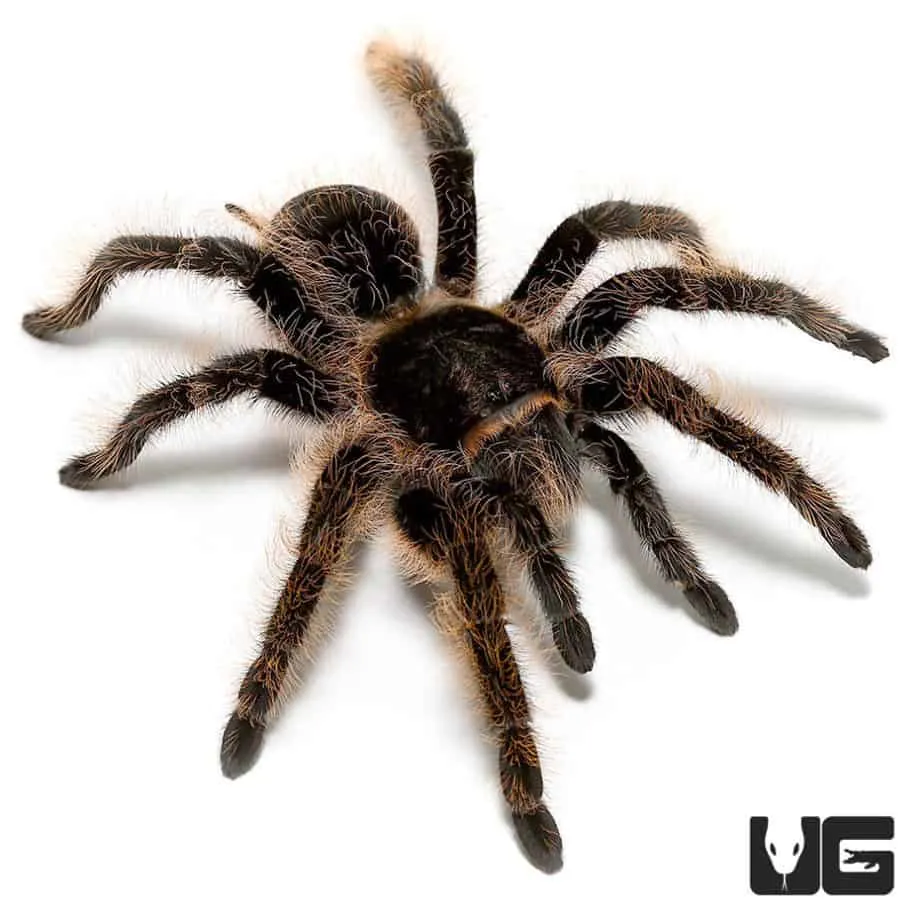
Breeding Curly Hair Tarantulas in captivity is a complex undertaking that requires a good understanding of their natural behaviors and specific environmental conditions. Successful breeding involves introducing a mature male to a mature female in a controlled environment. The female will often consume the male after mating, therefore it is necessary to separate the male spider quickly. If the mating is successful, the female will produce an egg sac containing hundreds of eggs. Raising the spiderlings requires a separate enclosure and specialized care, including a consistent supply of small prey. Because of these requirements, breeding is best left to experienced tarantula keepers who can meet the needs of both the adults and the spiderlings. The breeding of this species is a testament to the dedication and knowledge required to understand their life cycle in detail.
